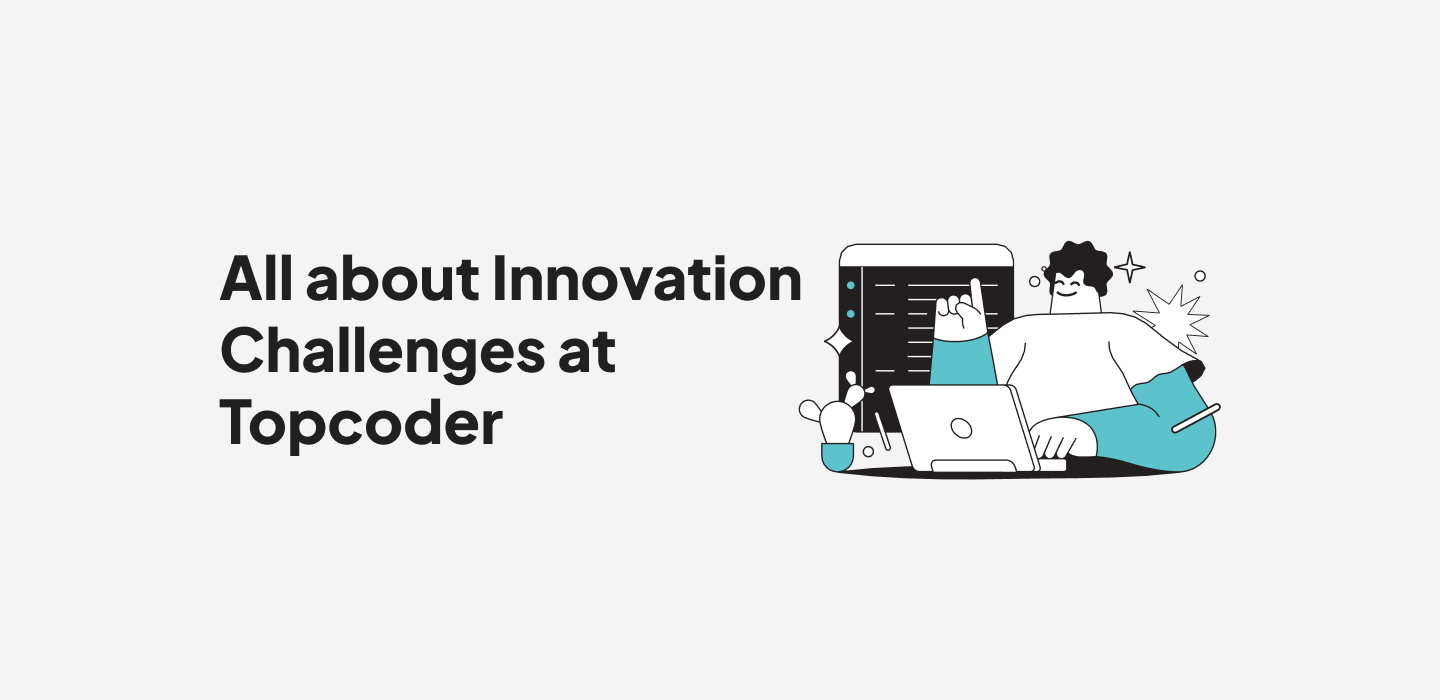December 18, 2020 Using AI to Help Detect Cancer and Improve Outcomes: The Stanford Pancreatic Cancer Challenge
We’re about to kick off an exciting new precision medicine challenge with Stanford, aimed at creating an AI solution to help detect and treat pancreatic cancer. Notoriously difficult to diagnose, pancreatic cancer is often discovered in its later stages and carries a five-year survival rate of just 7% — making it one of the deadliest cancers a person can develop.
THE STANFORD PANCREATIC CANCER CHALLENGE: BACKGROUND
Tumor contouring is a manual process in which a radiology specialist reviews digital CT or MRI scans to precisely identify and delineate the location and volume of a tumor. In pancreatic cancer, tumor contouring is completed alongside an assessment of peripancreatic vessel involvement and a resectability-scoring system (RSS) calculation to determine how to approach a tumor resection (the process of cutting out tissue or part of an organ). Although this approach produces results with an exceptional 97% accuracy rate, human intervention, interpretation, and a deficit of qualified clinical staff limit the global scalability of the current path to diagnosis.
Early detection and treatment of pancreatic cancer can significantly improve patient outcomes, more than tripling the five-year survival rate. By harnessing the power of AI and the existing model for the diagnosis of malignant pancreatic tumors, Stanford and Topcoder hope this project will develop an algorithm to replace human intervention and provide faster, highly-accurate results that can improve patient care and extend access to life-saving interventions more broadly.

THE CHALLENGE: IN ACTION
Through Topcoder’s Marathon Match (MM) approach – our longest-form data science challenge – community members will be tasked with creating an automated solution for tumor contouring used to diagnose malignancy in pancreatic tumors. They will receive the necessary training on CT scan interpretation and tumor contouring; and will be provided with a HIPAA-compliant, expertly-segmented data set for algorithmic testing. Topcoder and Stanford will develop a scoring system to evaluate and rank submitted solutions automatically. The contestant(s) whose solution most closely aligns with the holdout dataset results throughout the challenge will win the competition and go on to further develop their solution with Stanford.
FUTURE POTENTIAL
This tool could be vital to better determining optimal therapy for pancreatic cancer, which is one of the deadliest cancers in the world. Successful treatment requires complete surgical resection, which is based almost exclusively on the relationship of the tumor to the adjacent blood vessels. Identifying and quantifying this relationship in an systematic way will ensure that patients who are most likely to achieve a complete surgical resection are able to receive curative therapy. In addition, for those who are not able to undergo surgery, this tool will be critical to helping radiation oncologists identify the tumor for radiation targeting in order to deliver higher doses of radiation and improve outcomes.
To learn more or get involved, visit the Stanford Pancreatic Cancer Challenge.
Annika Nagy


